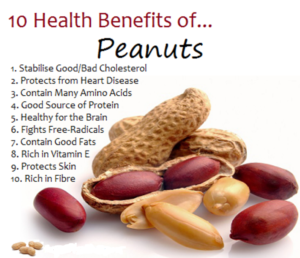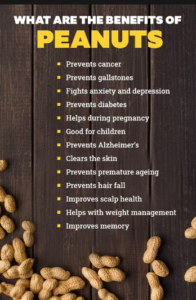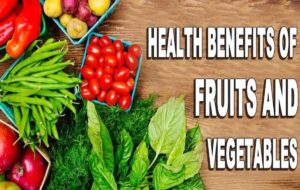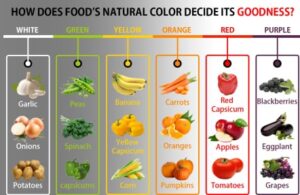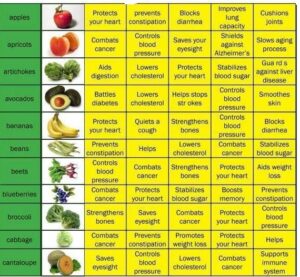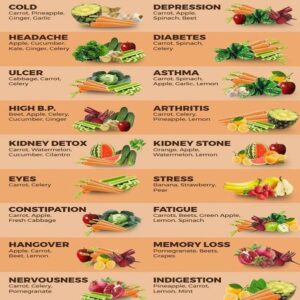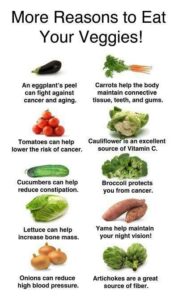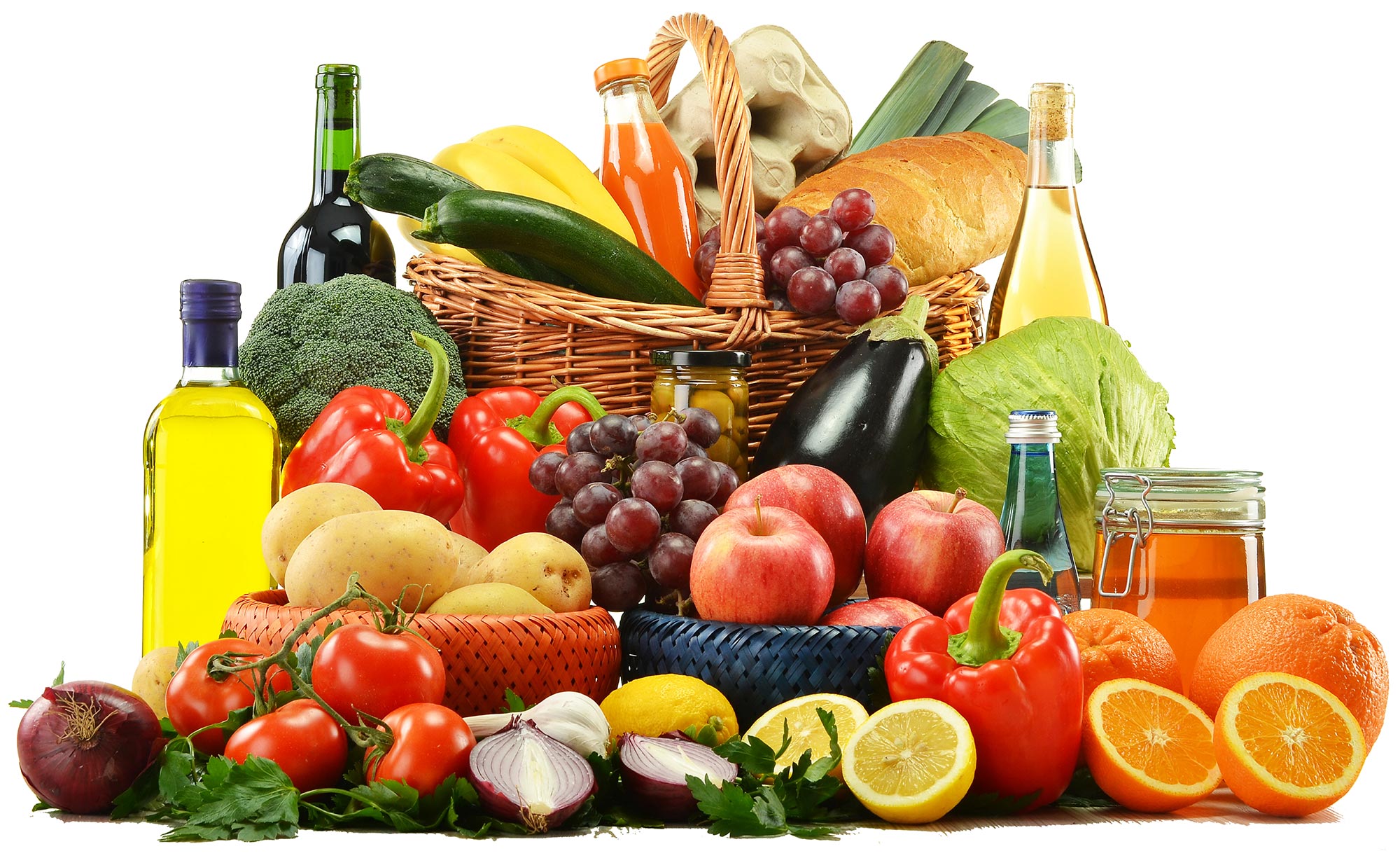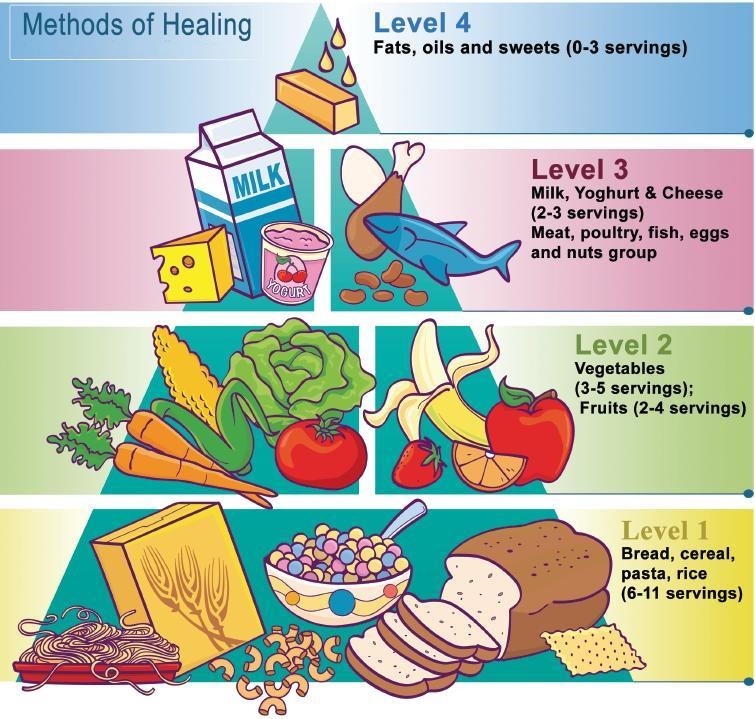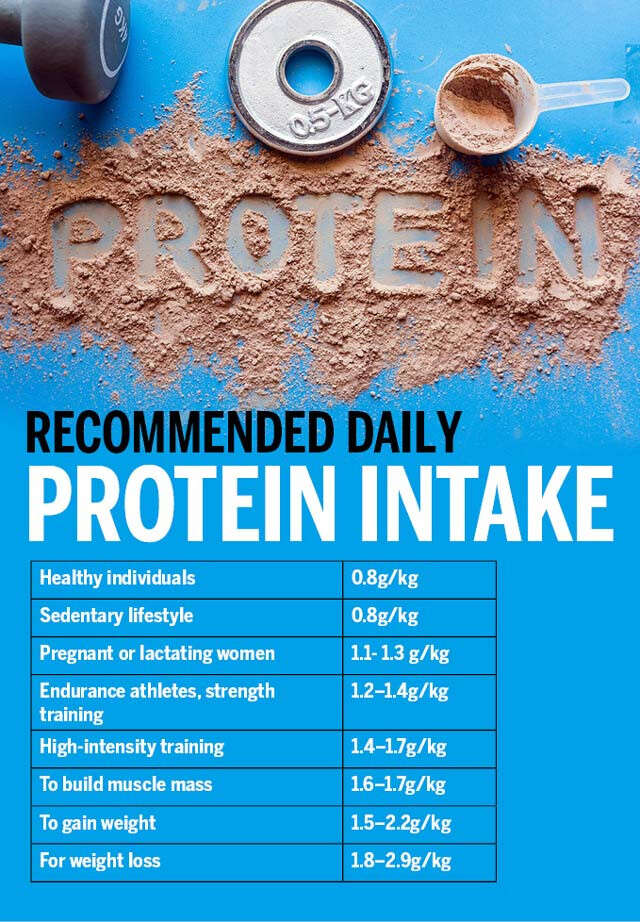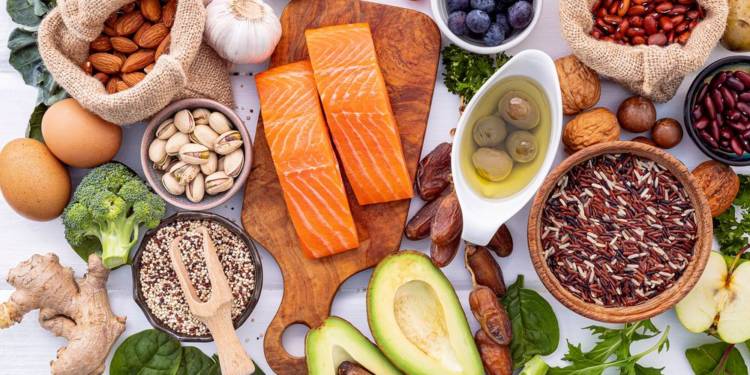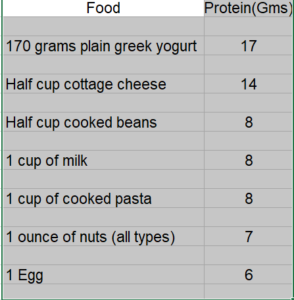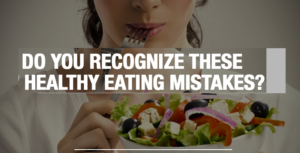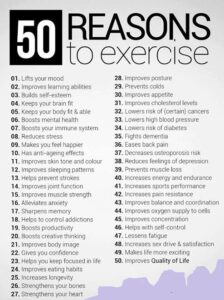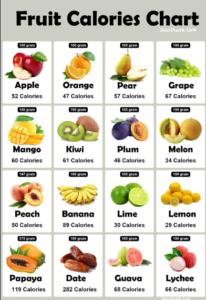
![]()
Fruit nutrition in daily diet
How much fruit nutrition should be included in our daily diet?
Research studies suggest that one may eat any servings of fruits daily. It is recommended to eat at least 2-3 servings of fresh fruits every day.
The term, “one fruit serving” is about 250 g of cleaned, “edible-portion” of the fruit, excluding discards like the peel, seeds, etc.
Include seasonal fruits in the daily diet. Varieties of fruit types (tropical, sub-arctic berries, tree fruits, etc.), color (blueberries, mangoes, pink guava, yellow-watermelon, black grapes, black sapodilla, etc.), and different flavored should be encouraged to get maximum health benefits. Yellow and orange color fruits are rich sources of &alfa; and ß carotenes, zeaxanthin, and cryptoxanthin, while blue, black colored like black or blueberries are an excellent source of polyphenolic anthocyanin antioxidants.
Selection of fruits-
Prefer organic over inorganic produce to avail maximum fruit nutrition benefits. Many “wild” varieties of berries and “tropical tree” fruits are still not treated with any chemical fertilizers or insecticide sprays and can be safely purchased from the local farm owners. Organic fruits tend to be smaller and expensive; however, they endowed with a special flavor, rich in vitamins and minerals, and stuffed with numerous health-benefiting antioxidants.
In the store, however, choose fruits that feature freshness, bright in color and flavor and feel heavy in your hands. Look carefully for blemishes, spots, molds, and signs of insecticide spray. Buy whole fruits instead of a section (portion) of them (for example, buy a small size watermelon instead of a big cut section).
How to use fruits?
Barring few fruits like wild berries, always wash them soon after shopping. Rinse them in saltwater for a few minutes and then wash in cold running water until you are satisfied with the complete cleanliness. This way, you make sure that the fruit you eat is rid of dirt, sand, and any residual chemical spray. Eat them while they are fresh since certain fruits have a very short shelf life and their health-benefiting properties decline with time. To store, place them in paper wrappings or zipping pouches and keep them in the refrigerator for short periods until you are ready to use them. Eat fruits as a whole without any additions to enjoy their true flavor, taste, and to get maximum fruit nutrition benefits.
Here are the top healthiest fruit nutrition in daily diet to enjoy on a regular basis.

Apples-
Research has shown that there is a link between eating apples regularly and a lower risk of cardiovascular disease, certain cancers, and diabetes. Apples also have high levels of quercetin, a flavonoid which may have anti-cancer properties.
One study found that people who ate whole apples were 30 percent less likely to be obese than those who did not. This can lower the risk for diabetes and heart disease. One of the most popular fruits, apples are chock-full of nutrition.
They’re rich in both soluble and insoluble fiber, such as pectin, hemicellulose, and cellulose. These help you manage your blood sugar levels, promote good digestion, and support gut and heart health.
In addition, they’re a good source of vitamin C and plant polyphenols, which are disease-fighting compounds found in plants. In fact, consuming apples regularly may lower your risk of heart disease, stroke, cancer, overweight, obesity, and neurological disorders. Apples make a quick and easy addition to the diet. Eat them with the skin on for the greatest health benefits.
Apples are high-fiber fruits, meaning that eating them could boost heart health and promote weight loss. The pectin in apples helps to maintain good gut health. How to eat apples- Raw apples make a great snack and combining them with almond butter helps balance protein and fat intake. People can also add raw or stewed apples to yogurt, or use applesauce in cooking.

Limes-
Limes are small, round, greenish-yellow, intensely acidic citrus fruits. Lime is primarily used for its juice in the western world, and for preparing “condiment-pickle” in many Southeast Asian countries. Botanically, lime fruit is a member citrus Rutaceae family fruits; a broad family which also includes lemon, orange, pomelo, tangerine, and grapefruit).
Scientific name: Citrus aurantifolia. It is the smallest among citrus fruits; nevertheless, it holds more health-benefiting nutrient profile than other citrus counterparts like lemon, orange, etc.
Generally, limes are smaller in size but more acidic than lemons. Their outer rind is green and glossy, a bit thinner than lemons. The peel is turning yellow at maturity. The pulp is light-green, with 6-15 segments, aromatic, juicy, and highly acidic arils. Each fruit measures about 1.5-2 inches across and weighs about 50 to 60 g.
Health benefits of like-
- Limes carry almost the same amount of calories as lemons; 30 cal/100 g. They are one of the very low glycemic index fruits.
- Lime juice contains citric acid, an organic acid which gives sour taste. Citric acid constitutes about 5 mg per oz of its juice. Citric acid is a natural preservative, antioxidant, helps dissolve kidney stones and helps in smooth digestion.
- Limes carry moderate concentrations of vitamin-C on comparison to other citrus ategory fruits like oragnge and lemon. 100 g of fresh fruit contains 29.1 mg or 48.5% of daily average intake. Vitamin C is a natural water-soluble anti-oxidant. It helps in the prevention and cure of scurvy disease.
- Consumption of fruits rich in vitamin-C helps the human body develop resistance against infectious agents and scavenge harmful, pro-inflammatory free radicals from the human body.
- Limes carry relatively more vitamin-A content than lemons. Vitamin-A is a natural antioxidant that helps in the mucosa and skin integrity as well as acuity of vision. Consumption of natural fruits rich in vitamin-A and carotenoids helps the body to protect from lung and oral cavity cancers.
- They compose modest amounts of B-complex vitamins such as niacin, thiamin, pantothenic acid, pyridoxine, and folates. These essential in the sense that the body requires them from external sources to replenish.
- Further, they carry a modest amounts of minerals like iron, copper, potassium, and calcium. Potassium is an important component of cell and body fluids helps control heart rate and blood pressure.
- The outer peel of lime fruit composes aromatic essential oils. The oil is used in the food and pharmaceutical industry for its preservative, anti-viral and antioxidant properties
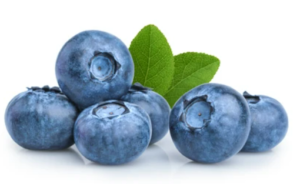
Blueberries
Sweet, juicy blueberries are rich source of natural pro-anthocyanin pigment antioxidants. These tiny, round blue-purple berries have long been attributed to the longevity and wellness of indigenous people living around subarctic regions in the Northern hemisphere.
Blueberries are well known for their antioxidant and anti-inflammatory properties. In particular, they’re high in anthocyanin, a plant pigment and flavonoid that gives blueberries their characteristic blue-purple color. This compound helps fight cell-damaging free radicals that can lead to disease.
Numerous studies have pointed to the health benefits of a diet high in anthocyanins, such as a lower risk of type 2 diabetes, heart disease, overweight, obesity, high blood pressure, certain types of cancer, and cognitive decline.
For example, a study including over 200,000 participants observed a 5% decrease in the risk of type 2 diabetes for every 17 grams of anthocyanin-rich berries they consumed per day. Other berries high in anthocyanins include blackberries, bilberry, elderberry, cherries, and chokeberries.
Health benefits of blueberries-
- Blueberries are very low in calories. 100 g fresh berries carry just 57 calories. Nonetheless, they possess essential health benefiting phytonutrients such as soluble dietary fiber, minerals, vitamins, and pigment antioxidants that contribute immensely towards optimum health and wellness.
- Additionally, they compose of other flavonoid antioxidants such as carotene-ß, lutein, and zeaxanthin.
- Altogether, the phytochemical compounds in the blueberry help rid off harmful oxygen-derived free radicals from the human body, and thereby, protect it against cancers, aging, degenerative diseases, and infections.
- Further, research studies suggest that chlorogenic acid in these berries help lower blood sugar levels and control blood-glucose levels in type-II diabetes mellitus condition.
- Fresh berries carry small amount of vitamin-C, vitamin-A, and vitamin-E. Altogether, these vitamins work as potent antioxidants which help limit free radical mediated injury to the body.
- The berries also carry a small amount of B-complex group of vitamins such as niacin, pyridoxine, folates, and pantothenic acid. These vitamins are acting as co-factors that help in the metabolism of carbohydrates, protein, and fats.
- Furthermore, they contain a good amount of minerals like potassium, manganese, copper, iron and zinc. Potassium is an important component of cell and body fluids that helps controlling heart rate and blood pressure. Manganese used by the body as a co-factor for the antioxidant enzyme, superoxide dismutase. Copper required for the production of red blood cells. Iron required for red blood cell formation.
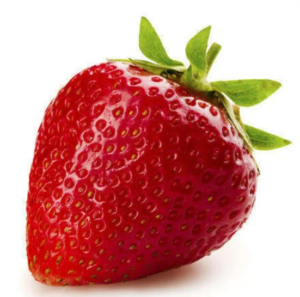
Strawberries-
Strawberries are a juicy, red fruit with a high water content. The seeds provide plenty of dietary fiber per serving. Strawberries contain many healthful vitamins and minerals. Each berry features a conical shape, weighs about 25 grams, and measures about 3 cm in diameter. The berries have a taste that varies by cultivar type and ranges from quite sweet to acidic.
Of particular note, they contain anthocyanins, which are flavonoids that can help boost heart health. The fiber and potassium in strawberries can also support a healthy heart.
In one study, women who ate 3 or more servings per week of strawberries and blueberries — which are both known for their high anthocyanin content — had a lower risk of having a heart attack than those with lower intake.
Strawberries and other colorful berries also contain a flavonoid called quercetin. This is a natural anti-inflammatory compound. Strawberries also contain thiamin, riboflavin, niacin, folate, and vitamins B-6, A and K.
Health benefits of Strawberries-
- Strawberry is low in calories (32 cal/100 g) and fats but rich source of health-promoting phytonutrients, minerals, and vitamins that are essential for optimum health.
- Fresh berries are an excellent source of vitamin-C (100 g provide 58.8 mg or about 98% of RDI), which is also a powerful natural antioxidant. Consumption of fruits rich in vitamin-C helps the body develop resistance against infectious agents, counter inflammation and scavenge harmful free radicals.
- The fruit is rich in the B-complex group of vitamins. It contains good amounts of vitamin B-6, niacin, riboflavin, pantothenic acid and folic acid. These vitamins are acting as co-factors help the body metabolize carbohydrate, proteins, and fats.
- Strawberries contain vitamin-A, vitamin-E and health promoting flavonoid poly phenolic antioxidants such as lutein, zeaxanthin, and beta-carotene in small amounts. These compounds help act as protective scavengers against oxygen-derived free radicals and reactive oxygen species (ROS) that play a role in aging and various disease processes.
- Furthermore, They contain a good amount of minerals like potassium, manganese, fluorine, copper, iron and iodine. Potassium is an important component of cell and body fluids that helps controlling heart rate and blood pressure. The human body uses manganese as a co-factor for the antioxidant enzyme, superoxide dismutase.
- Copper is required in the production of red blood cells. Iron is esential for red blood cell formation. Fluoride is a component of bones and teeth and offers protection from dental caries.

Bananas
The benefits of bananas go beyond their potassium content. Along with providing 7% of the Daily Value (DV) for potassium, bananas contain:
- Vitamin B6: 27% of the DV
- Vitamin C: 12% of the DV
- Magnesium: 8% of the DV
In addition, they offer a wide variety of plant compounds called polyphenols and phytosterols, both of which support your overall health. Furthermore, they’re high in prebiotics, a type of fiber that promotes the growth of beneficial bacteria in the gut.
Note that green, unripe bananas are higher in resistant starch than ripe ones, and they’re a good source of the dietary fiber pectin. Both of these have been linked to a number of health benefits, including improved blood sugar control and better digestive health. Meanwhile, ripe bananas are an excellent source of easily digested carbs, making them great to fuel up on before a workout.
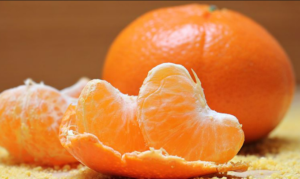
Oranges-
Oranges are known for their high vitamin C content, providing 91% of the DV in a single fruit. They’re also high in potassium, folate, thiamine (vitamin B1), fiber, and plant polyphenols.
Banana has a unique growth characteristic. In fact, the whole plant is a false stem (pseudostem). This pseudostem is consisting of broad leaves with long petioles, overlapping one another in a disc-like fashion. Studies have found that consuming whole oranges may lower levels of inflammation, blood pressure, cholesterol, and post-meal blood sugar.
Though 100% orange juice provides a high volume of nutrients and antioxidants, it usually lacks dietary fiber. Varieties that include the pulp do include some fiber, so opt for these over juices without pulp. That said, try to eat whole oranges more often, and keep juice portions to 1 cup (235 mL) or less per serving.
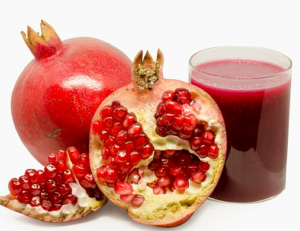
Pomegranate-
Many people consider pomegranates to be a ‘superfood.’ They are high in antioxidants and polyphenols, which help to combat the oxidative stress that can cause disease in the body. Eat pomegranates with the seeds to get the fiber benefits.
One raw pomegranate contains:
- 234 calories
- 52.73 g of carbohydrate
- 11.3 g of fiber
- 666 mg of potassium
- 28 mg calcium
- 28.8 mg vitamin C
One pomegranate also contains 46.2 micrograms (mcg) of the recommended 80 mcg daily allowance of vitamin K. This vitamin is essential for strong bones and healthy blood cells.
A review study about the health benefits of pomegranates suggests that they have anti-inflammatory effects and may help protect against brain-related diseases, such as Alzheimer’s disease and Parkinson’s disease. This may be because pomegranates contain particularly high levels of polyphenols.
Research discussed in this review also suggests that pomegranates may restrict the growth of human prostate cancer cells.
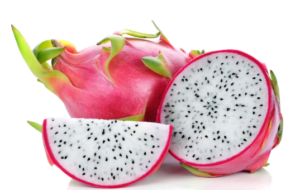
Dragon Fruit
Also known as pitaya or pitahaya, dragon fruit is rich in many nutrients, including fiber, iron, magnesium, and vitamins C and E. It’s also an excellent source of carotenoids, such as lycopene and beta carotene.
People in Southeast Asian cultures have regarded dragon fruit highly for hundreds of years as a health-promoting fruit. Over recent decades, it has gained popularity in Western countries.

Pineapple-
Pineapple is an exotic fruit that may help reduce inflammation and promote healthy tissue growth.
Pineapple contains an active compound called bromelain, which many people take as a dietary supplement because of its potential health benefits.
The National Center for Complementary and Integrative Health state that bromelain can help with reducing nasal inflammation or sinusitis. However, scientists need to carry out more research into its benefits for osteoarthritis and its anticancer potential.

Mango-
Known as the “king of fruits,” mangoes are an excellent source of potassium, folate, fiber, and vitamins A, C, B6, E, and K. They’re also rich in numerous plant polyphenols that have antioxidant and anti-inflammatory properties.
In particular, mangoes are high in mangiferin, a potent antioxidant. Studies have shown it may protect the body from chronic diseases, such as type 2 diabetes, heart disease, Alzheimer’s, Parkinson’s, and certain forms of cancer.
What’s more, mangoes contain fiber, which helps support regular bowel movements and aids digestive health.
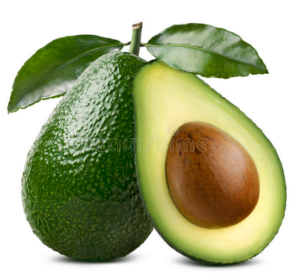
Avocado-
Many people refer to avocados as a superfood because of their healthful qualities.
Avocados are rich in oleic acid, a monounsaturated fat which helps lower cholesterol levels. The American Heart Association say that maintaining healthy cholesterol levels with healthful fats could reduce the risk of heart disease and stroke.
Like bananas, avocados are rich in potassium. They also contain lutein, an antioxidant which is important for healthy eyes and skin. Avocados also contain folate, vitamin A, and beta-carotene.
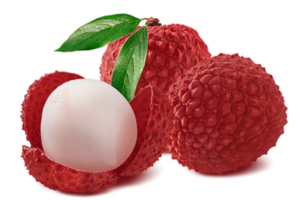
Lychee-
Lychee, which is also known as litchi and Chinese cherry, is packed with nutrition. In particular, it’s a rich source of vitamin C, potassium, fiber, and many polyphenols with anti-inflammatory and antioxidant properties.
These include:
- gallic acid
- chlorogenic acid
- catechins
- caffeic acid
One serving of lychee is around seven small individual fruits.
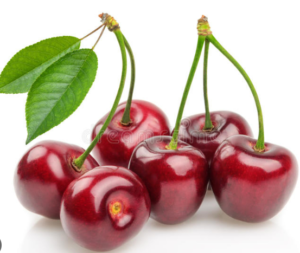
Cherries-
Cherries are a great source of fiber and potassium, both of which are important for heart and gut health.
They’re also high in antioxidant plant compounds, such as anthocyanins and hydroxycinnamates, which help protect the body from oxidative stress.
Furthermore, they’re a good source of serotonin, tryptophan, and melatonin, which support good mood and sleep.
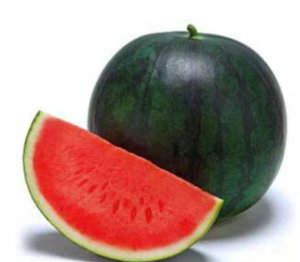
Watermelon-
Watermelon is a highly nutritious summer favorite. It’s an abundant source of antioxidants, such as vitamins A and C, beta carotene, and lycopene. It’s also a good source of potassium and magnesium.
In particular, watermelon is one of the top sources of lycopene, a carotenoid that gives watermelon its pink-red color. A diet high in lycopene is linked to lower levels of oxidative stress and inflammation. The nutrient may also decrease the risk of heart disease, cancer, and type 2 diabetes.
Interestingly, lycopene and beta carotene may also provide minor skin protection from ultraviolet (UV) rays, reduce the risk of sunburns, and help your skin heal faster. That said, you’ll still need to use sunscreen to keep your skin fully protected.
Finally, watermelon has a uniquely high water content. A single wedge (434 grams) provides 13.4 ounces (395 mL) of water. Since it’s high in both water and potassium, it can help hydrate and replenish electrolytes after a workout or on a hot summer day.

Grapes-
Grapes are convenient, healthy, and particularly high in potassium and vitamin K, which both support heart health.
They’re a rich source of beneficial plant compounds that have been linked to numerous health benefits, such as a lowered risk of heart disease and certain types of cancer. These compounds include:
- resveratrol
- anthocyanins
- caffeic acid
- quercetin
- kaempferol
While all varieties of grapes provide benefits, red and purple grapes have the highest antioxidant content. In particular, they produce purple-red pigments called anthocyanins, which have been linked to better heart and brain health.
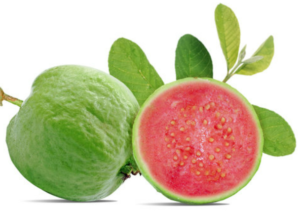
Guava-
Guava is a fantastic source of vitamin C. In fact, a single fruit (55 grams) provides 140% of the DV for this nutrient.
Along with this, guava contains some of the highest amounts of lycopene compared with other lycopene-rich foods like tomatoes, watermelon, and grapefruit. It’s also a high source of other antioxidants, such as beta carotene and various flavonoids.
Because guava is so high in nutrients and antioxidants, consuming it regularly may support the health of your eyes, heart, kidneys, and skin.
It may likewise protect against chronic diseases and support a healthy immune system.
